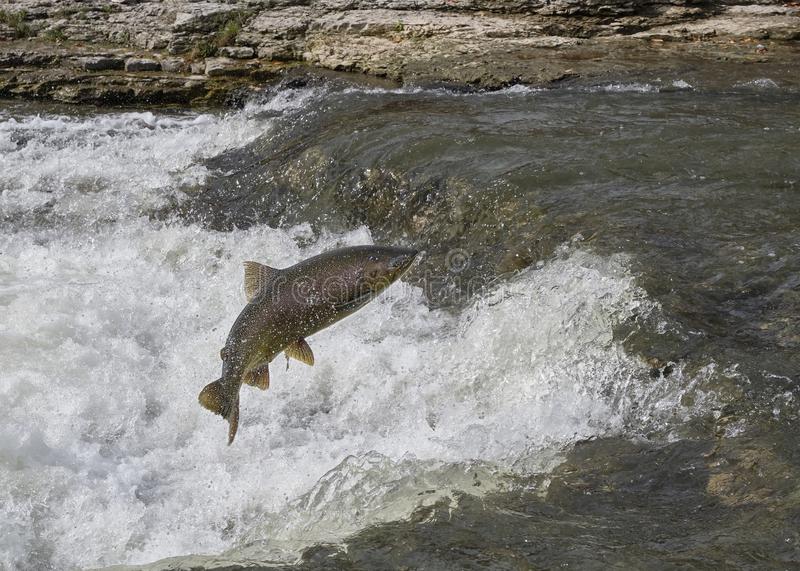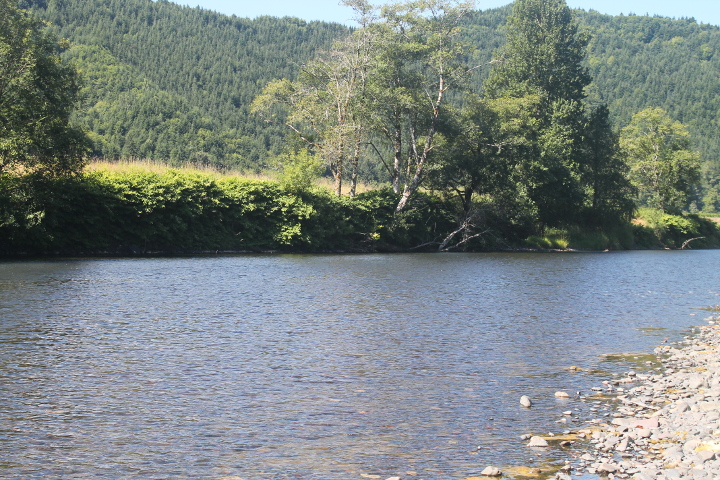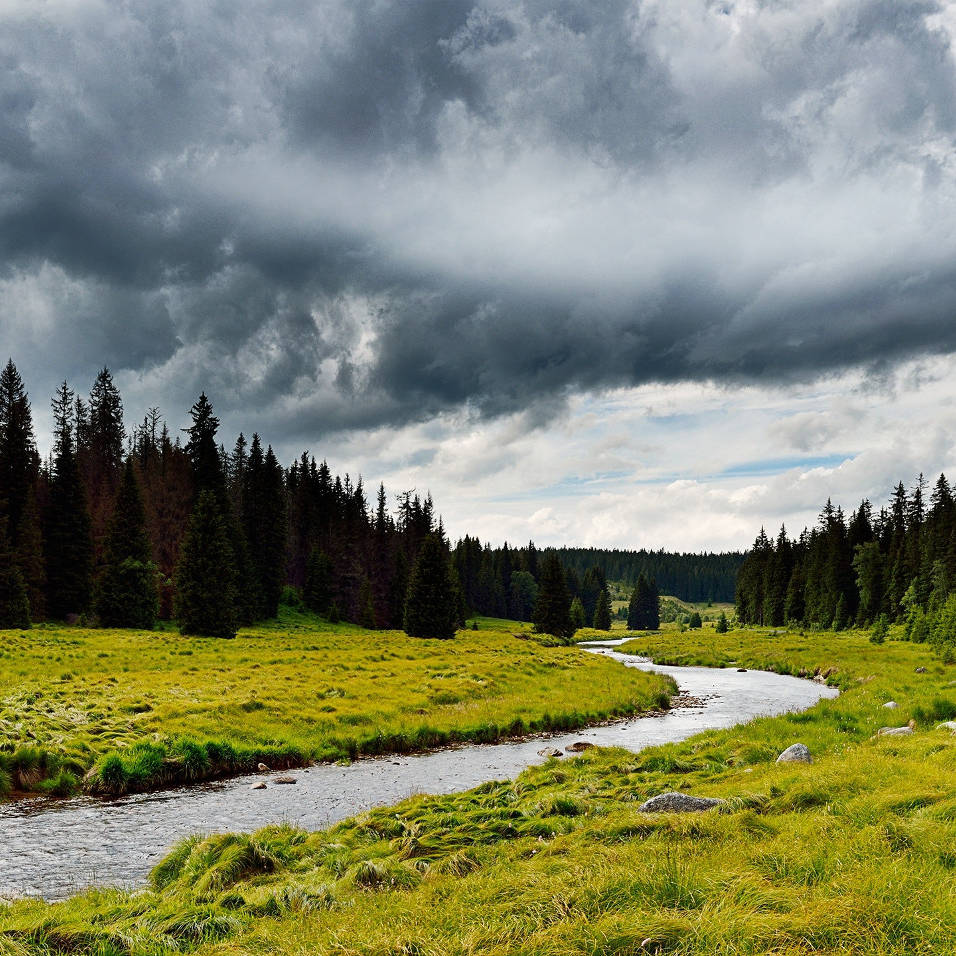-
Environmental Water Quality Data: Analyzing Change Over Time
Categories: Estimated reading time: 3 minutes
Water quality discharge permits require periodic measurement of water quality constituent concentrations to document compliance with permit conditions. In addition to correctly including concentrations below the analytical method’s detection level when describing the distribution of these concentrations there is great value for operators and environmental regulators in properly analyzing the temporal aspects of these data. A single concentration, particularly when it exceeds a standard’s threshold, lacks context and does not assess an operation’s interactions with the natural environment; it is a temporal and spatial snapshot. -
Explaining Environmental Data
Categories: Estimated reading time: 1 minutes
Most people are familiar with statistical hypothesis tests such as the t-test and ANOVA to analyze whether two or more samples (from a parametric distribution) came from the same population. The nonparametric equivalents (Wilcoxon and Kruskal-Wallis tests) are less familiar but equally robust. What is not always clear is that these models are applied to one or more response variables; e.g., chemical concentrations that result from natural or anthropogenic causes. They do not answer the question of why these values were observed. -
Fitting analytical model to data
Categories: To make informed regulatory decisions it is necessary to understand differences between ecological and environmental data. Analyses of environmental data historically use models developed by numerical ecologists for ecological data collected by academic and research agency scientists. These numeric and statistic models require well-structured data collected to fit assumptions and requirements of the models. This works for researchers who identify a question to be answered and work forward from that to determine when, where, and how much data need collecting to answer that question. -
Predicting concentrations of chemicals in surface waters is a major component of permitting decisions, from NEPA impact assessments and NPDES point source discharge to mine closure and Superfund liability bond releases. Decision delays are costly for operators, and regulators are too often sued by those claiming that decisions were based on inadequate data. Usual approaches to forecasting chemical concentrations are to build complex numeric ecosystem models or predict concentrations of single chemicals rather than the entire set of chemicals of interest.
-
Forecasting Water Quality
Categories: Estimated reading time: 1 minutes
Predicting concentrations of chemicals in surface waters is a major component of permitting decisions, from NEPA impact assessments and NPDES point source discharge to mine closure and Superfund liability bond releases. Decision delays are costly for operators, and regulators are too often sued by those claiming that decisions were based on inadequate data. Usual approaches to forecasting chemical concentrations are to build complex numeric ecosystem models or predict concentrations of single chemicals rather than the entire set of chemicals of interest. -
The Resource Conservation and Recovery Act (RCRA) as implemented by EPA and state regulations requires monitoring of ground water chemistry and statistical analyses of these data. The latest revision of the EPA’s statistical guidance document is 887 pages long (plus supplements) and has been augmented by a Webinar because the statistical analyses are not simple or easily understood by non-statisticians/data analysts. Some commercial software is sold to perform these analyses, but like all other statistical software it does not ensure that the user completely understands how to select models to apply or can properly interpret the results.
-
Instream Flow Requirements
Categories: Estimated reading time: 2 minutes
The concept of minimal in-stream flows dates from at least the mid-1970s. It is an important issue to everyone who withdraws ground or surface waters, injects water underground, or adds water to streams and rivers, particularly in the drought-stricken western US. At the federal level, the US EPA funded a grant to define ecological and related flows and create methods to measure them and the US Geological Survey developed measurement methods. -
Instream water rights are (or should be) based on ecological flows. Several western states (including Oregon, Alaska, California, Colorado, and Montana) have statutory requirements for these flows, and the US Geological Survey’s Fort Collins Science Center hosts an ecological flows research center. Incorporating effects of changes in climate, human population size and distribution patterns, and other variables makes it difficult for policy makers to allocate a scarce and varying resource among competing vested interests.
-
Instream Water Rights and Ecological Flows
Categories: Estimated reading time: 2 minutes
Instream water rights are (or should be) based on ecological flows. Several western states (including Oregon, Alaska, California, Colorado, and Montana) have statutory requirements for these flows, and the US Geological Survey’s Fort Collins Science Center hosts an ecological flows research center. Incorporating effects of changes in climate, human population size and distribution patterns, and other variables makes it difficult for policy makers to allocate a scarce and varying resource among competing vested interests. -
Introduction to Wetlands
Categories: Estimated reading time: 1 minutes
Wetlands are difficult to understand by non-specialists, and by many specialists, too. There are differences among the general public perception of what is a wetland, the definitions used by wetland scientists, and the definitions used by regulators on jurisdictional wetlands. This post is designed to introduce wetland definitions. Wetland water quality is regulated under Section 404 of the Clean Water Act. The definition of wetland used by wetland scientists may not be the same as that used by the wetland regulator.





